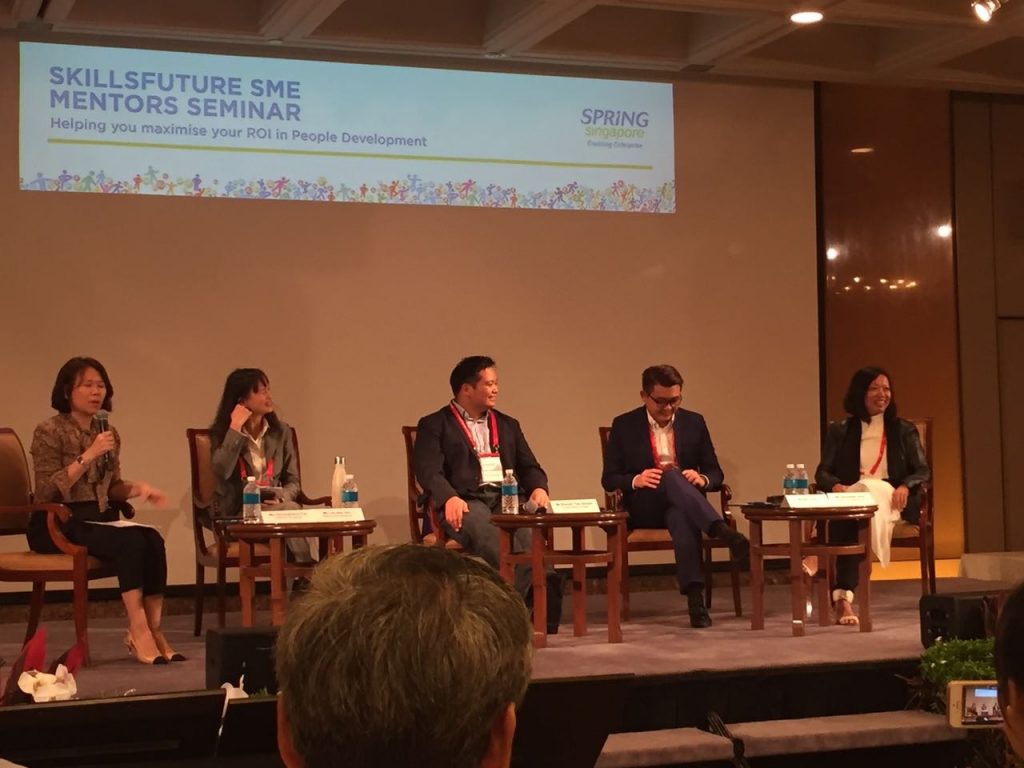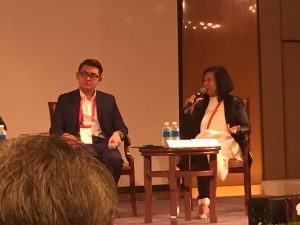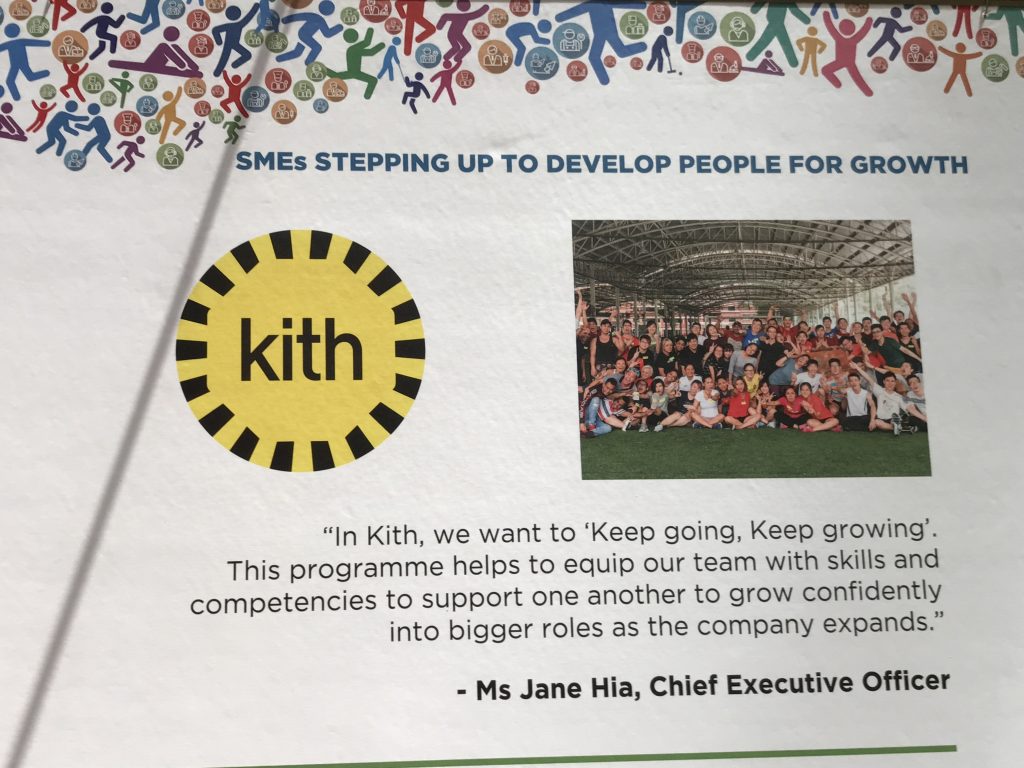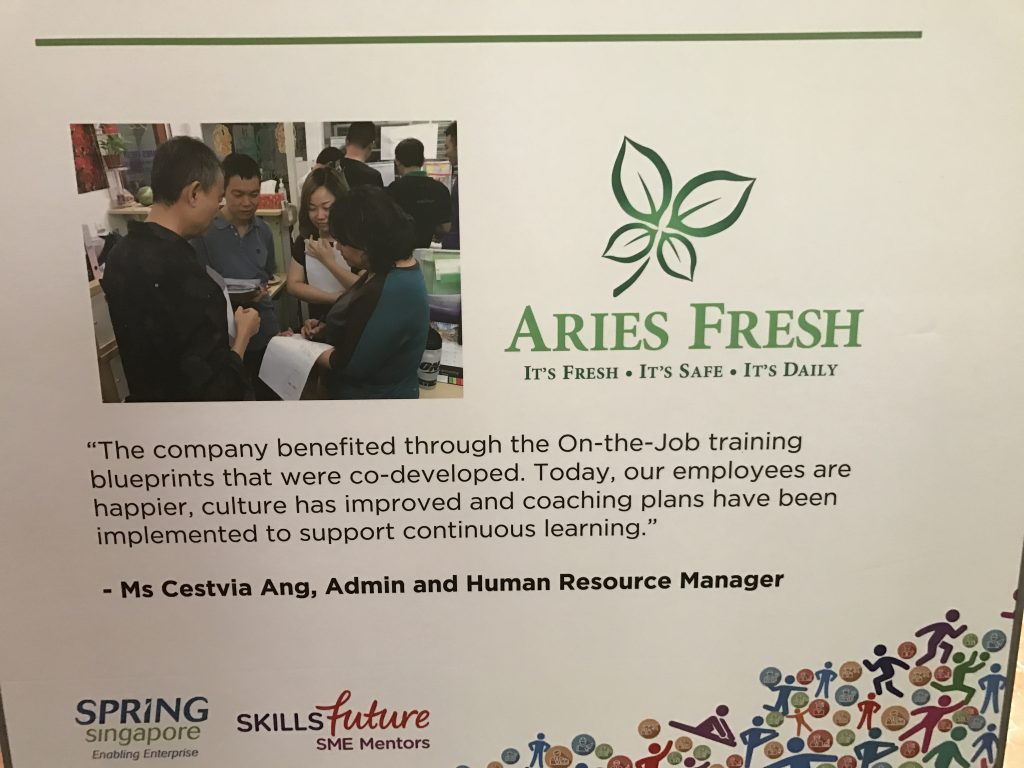How Do You Value Your Worth?
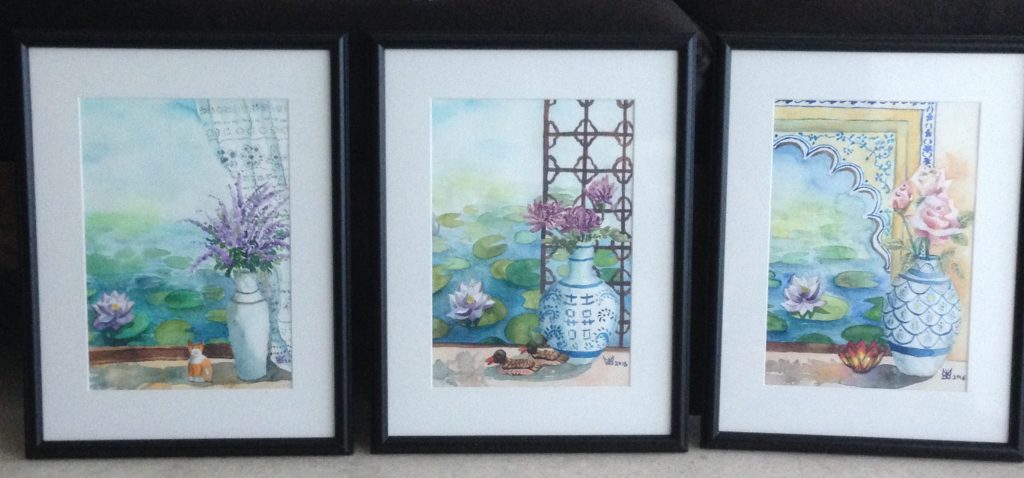
I started my watercolour painting lessons in 2012 and through the years, have gifted the paintings to family and friends and kept a few for myself. I also plucked up the courage and auctioned off a few to raise funds for various charities with great outcomes.
 I painted this in 2013 as a surprise birthday gift for my boyfriend. It’s the largest painting I have ever attempted and took the longest to complete. Was pretty amazed at my patience in doing a repetitive action, it took 4 hours to paint the blue scales on the dragon.
I painted this in 2013 as a surprise birthday gift for my boyfriend. It’s the largest painting I have ever attempted and took the longest to complete. Was pretty amazed at my patience in doing a repetitive action, it took 4 hours to paint the blue scales on the dragon.
It was a birthday gift well received and loved. He wanted to get it nicely framed but I refused. I did not think it was worth it to spend the money so I went to buy a cheap frame from Ikea instead.
Through the years, he’s gently broached the topic and each time, I have said no. Then finally, a few weeks ago, I said yes. Based on recommendations, we brought it to Framing Angie. Angie gave a few suggestions for the types of frames and we chose one.
When the shop contacted me that the painting was ready for collection, I was curious as to how it would look with the new frame. When I saw it, I turned to my boyfriend and said “I can paint”.
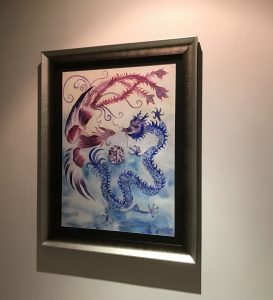
Through the years, I have received numerous compliments on my paintings. Yet I have never acknowledged nor recognised my own worth as an artist. Hence my reluctance to spend money on a frame that complements it.
It also got me thinking about the topic of how do we ‘frame’ our own worth and value to the people we meet and work with for professional value creation.
It became a discussion focus during a coaching session for a client a few days later. This lovely client is an absolute joy to journey with. She’s diligent, hardworking, solutions focused and exudes joy in her being and doing. My question to her was how does she ‘frame’ what she does to her management that highlights the value that she creates.
By ‘frame’, I do not mean boasting nor being an ’empty vessel that makes the most noise’.
By ‘frame’, it means how do we share in a way that connects the dots to link the various actions, activities, strategies etc implemented to the performance and growth of the company or to value creation.
For example, a number of the key initiatives she has implemented has an impact on the continued growth of the company. It was part of the strategy that she proposed in her annual operations plan. In our discussion, she realised that she has not updated her management on the progress and how the various intiatives are coming along nicely.
An assumption employees often make is that “my employer/ manager/ business leader” will know and recognise the value I bring to the team. Often times, they do. At times, they could be so caught up with their own work agendas that they may not have connected the dots.
In his book Hardwiring Happiness: The New Brain Science of Contentment, Calm and Confidence, Dr Rick Hanson an acclaimed clinical psychologist shares that “the mind is like Velcro for negative experiences and Teflon for positive ones.”
Bearing this in mind, it certainly helps for us to value our worth and choose a frame that highlights the beauty of what we do.


